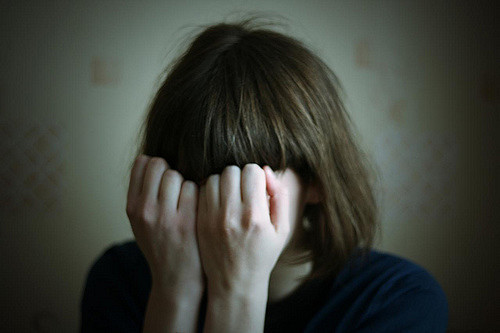No action in and of itself is a healing experience—or is not a healing experience.
This concept can be hard to wrap our human brains around. We crave to know more about the behaviors that are good for us, and those that are bad. But we will never find this answer because it doesn’t exist.
There is no way to enact specific action-based behaviors and create healing results. Instead, it is only through understanding that the thoughts and intentions driving our actions are creating, or not creating, healing results in our life.
Crying is a great example. Crying can be liberating, vulnerable, empowering and cathartic.
But crying can also be a form of wallowing, feeling like a victim, dwelling in the past, and even being manipulative.
Therefore, the question we need to explore is, “Can I use the self-awareness skill of mindfulness to determine within myself what my own motivation and intentions are behind an action?”
Let’s look at an example of this:
Let’s say we have a memory of an earlier time in our life that is painful to us. Perhaps whenever we think about this memory, tears well up in our eyes, our lower lip becomes shaky, and we feel ourselves turning into a hot mess of sweat and tears.
We all know this feeling. And it is beautiful and brave to let this motion of vulnerability and expression flow through us and out of us.
But if we want our tears to be ones of transformation, growth, and healing, then we need to apply the next step, and that is to pay attention to what our mind is doing.
If our mind is thinking, “Poor me, my life is so bad, nothing ever works out for me, and I am obviously a crummy person,” as the tears are flowing, then we might actually be causing harm to our own being.
Those thoughts of victimhood as we cry and feel the intensity of our pain have a way of deepening the grooves of the suffering and solidifying the hurt and trauma even more.
This is where mindfulness can help.
The way I facilitate mindfulness is to encourage people to ask themselves two questions at any given moment:
Where is my attention now?
Where do I want my attention?
Even when we are crying and feeling the hurt, we can still access these two essential questions of mindfulness. We can notice that our attention might be feeling sorry for ourselves, or blaming another person.
When we ask ourselves if this is where we want our attention to go, if we get the “no” answer, then we can make the mindful choice to change where our attention is and move it to thoughts that will make our crying a healing experience.
Here are some examples of healing thoughts while we are crying:
I am grateful for the opportunity to heal and clear this pain through tears.
I love myself and am committed to healing this pain.
I feel compassion for myself for the pain I have experienced.
When we apply these kind thoughts to ourselves as we cry, then we heal. When we accept ourselves exactly as we are and allow our entire realm of experience to be present, then we are able to become free.
And if that isn’t spiritual and human liberation, then I don’t know what is.
Relephant:
The Healing Power of allowing ourselves to Feel the Pain.


 Share on bsky
Share on bsky





Read 13 comments and reply